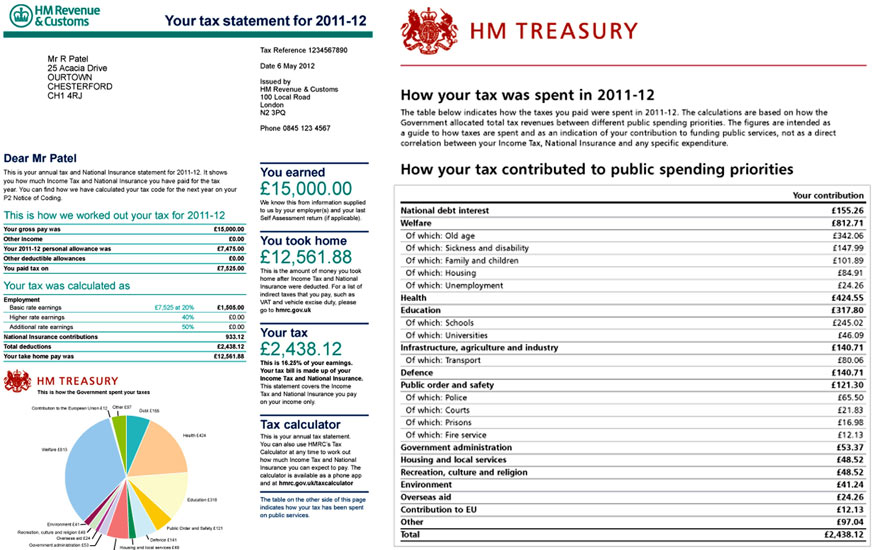The Data Journalism Handbook is a “free, open source reference book for anyone interested in the emerging field of data journalism”.
It was born at a 48 hour workshop at MozFest 2011 in London and subsequently spilled over into an international, collaborative effort involving dozens of data journalism’s leading advocates and best practitioners – including from the Australian Broadcasting Corporation, the BBC, the Chicago Tribune, Deutsche Welle, the Guardian, the Financial Times, the New York Times, ProPublica, the Washington Post, and many others.
The result, so far, is a beta online book, the outline of which is described below. It offers a glimpse into the practice of data journalism, with guidance on how to get started and a range of case studies, along with sections on getting data, understanding data and delivering data to the public.

The handbook covers topics such as
- open data,
- data use rights,
- scraping and crowd-sourcing data,
- becoming data literate,
- presenting data to the public
- community engagement.
It also provides details of tools and mechanisms to understand and deliver data to the public through telling stories. As a means of bolstering the case for data-driven journalism, the book also provides many case studies demonstrating “how data sources have been used to augment and improve coverage of everything from elections to spending, riots to corruption, the performance of schools to the price of water.”
Link: Data Journalism Handbook
(via ReadWriteWeb)












 Infographics
Infographics